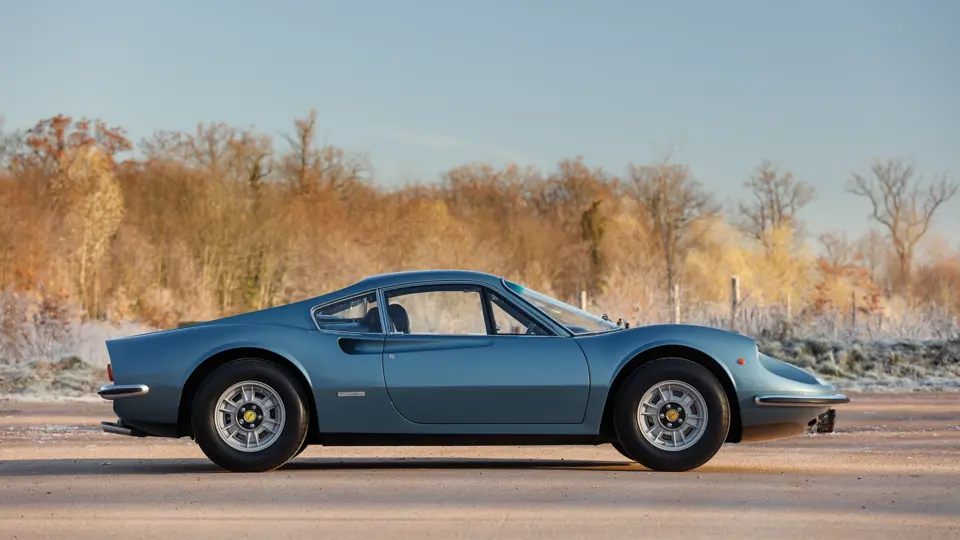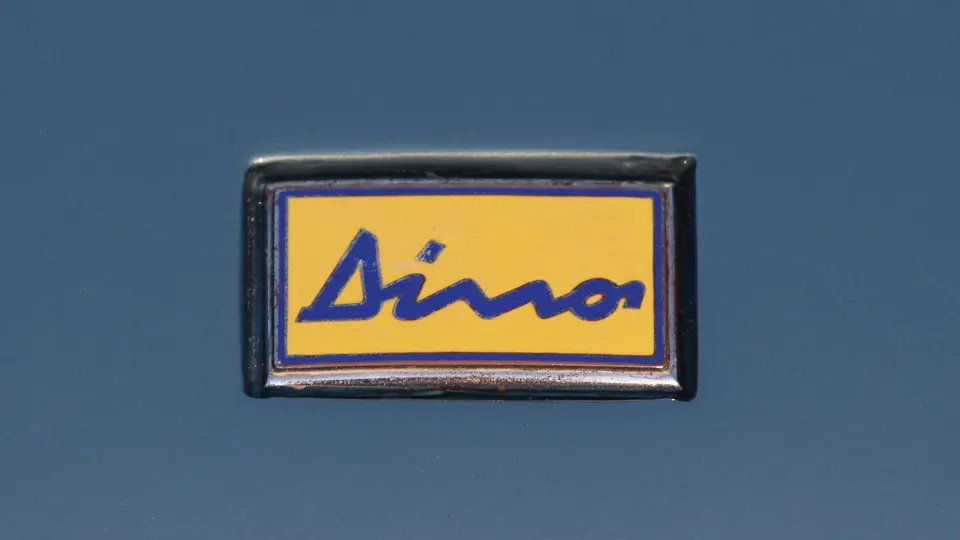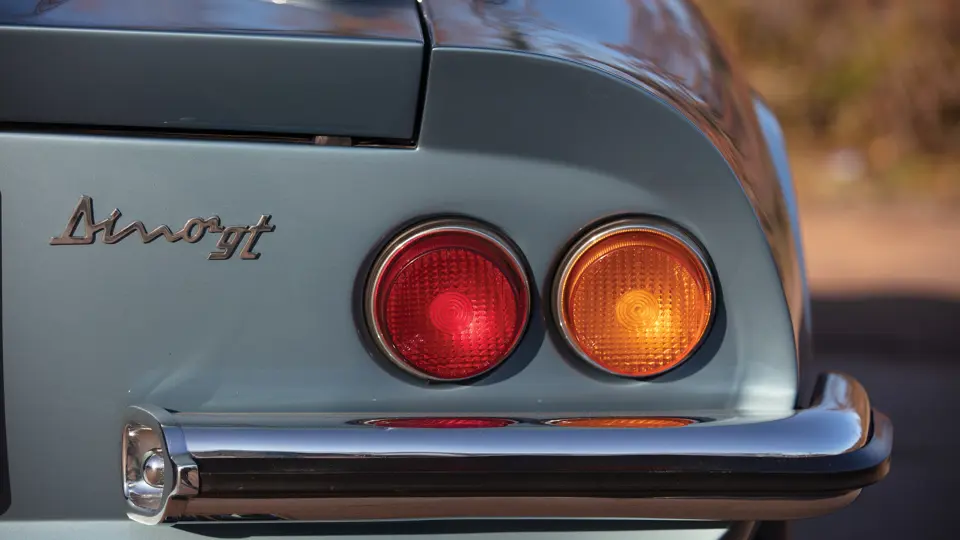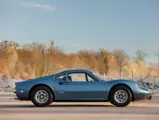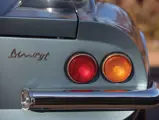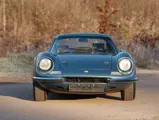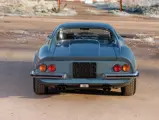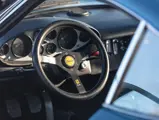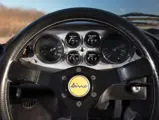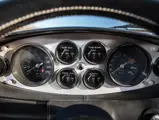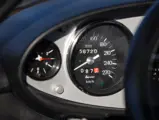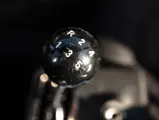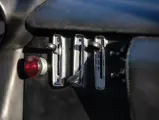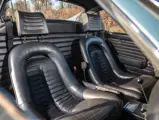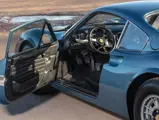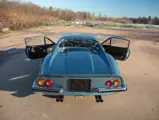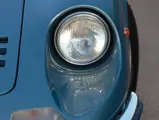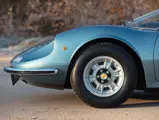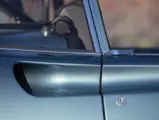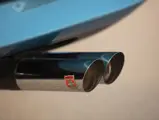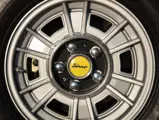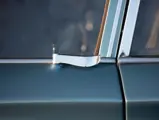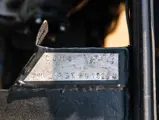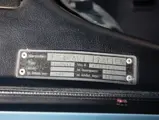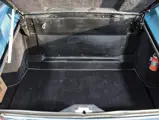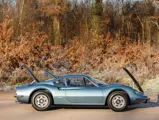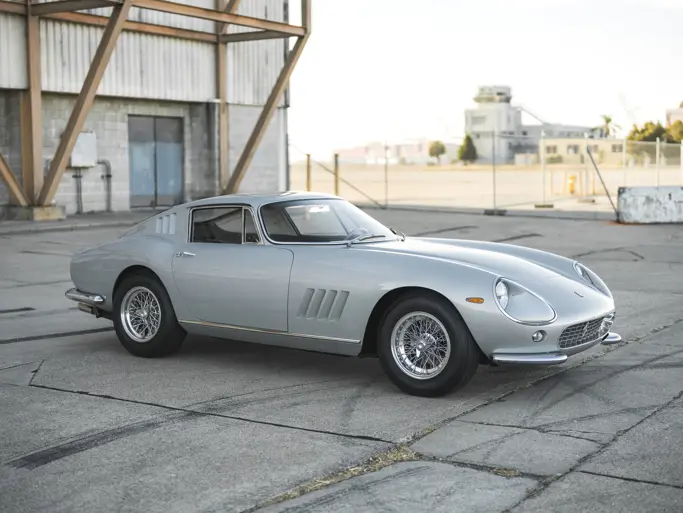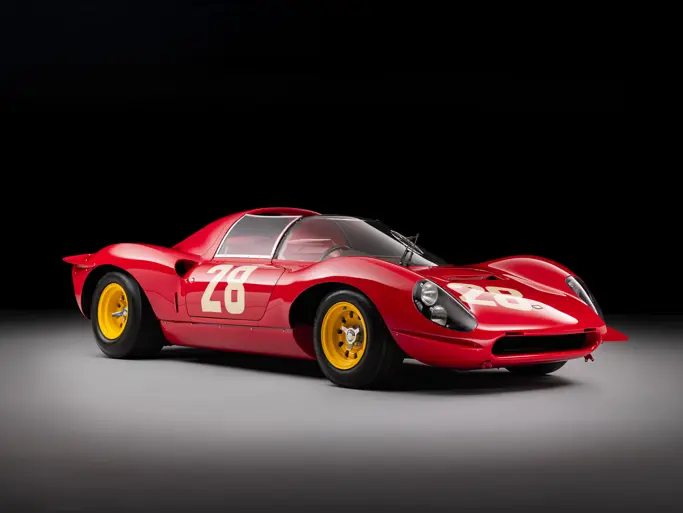
1971 Ferrari Dino 246 GT by Scaglietti
{{lr.item.text}}
€325,625 EUR | Sold
{{bidding.lot.reserveStatusFormatted}}
- Striking Azzuro Metallizzato over black leather
- Delivered new to Germany
- Formerly owned by Hans-Albert Zender
- Ferrari Classiche Certified
- Superbe couleur Azzuro Metallizzato avec cuir noir
- Livrée neuve en Allemagne
- A appartenu à Hans-Albert Zender
- Certification Ferrari Classiche
Veuillez noter que ce lot est certifié Ferrari Classiche.
Enzo Ferrari may not have known just how influential the car that would bear his cherished son’s name would be. The mid-engined Dino set the stage for decades of Ferraris with their powerplants tucked behind the passenger compartment.
Chassis number 01824 was originally delivered to Auto Becker in Dusseldorf, Germany, finished in striking Azzurro Metallizzato over a black vinyl interior. Kept with its first family near Cologne for nearly fifteen years, it was subsequently acquired by noted automotive accessorisor Hans-Albert Zender, who commissioned former Auto Becker workshop head Egon Welling to restore the car. At the time, Zender refinished the car in Rosso Corsa, a hue exceptionally popular during the 1980s Ferrari boom. Over the following two decades, the Dino was used sparingly.
Zender sold the car to its third owner, who began an extensive restoration that went well beyond cosmetics. Its engine was removed and rebuilt, and all auxiliary components were either replaced or restored. As the mid-2000s repaint began to show its age, the Dino was again stripped and refinished between 2017 and 2018, this time where it all began back in Maranello. At this time, the brake calipers were restored, and the dual fuel tanks were replaced with original Ferrari units in an effort to make the car easy to use and enjoy on the open road. Original 246 Dino GT parts, including a seldom-seen Dinoplex ignition as well as a starter, fuel tank, and brakes, have been sourced to make this Dino as factory-correct as possible.
Attention to detail is obvious throughout, from the Michelin XWX tyres wrapped around Cromodora wheels to the Veglia instrumentation that bears the distinctive Dino script. In December of 2017, the car attained Ferrari Classiche certification, confirming that it is finished in its original colours and retains its original engine, but the original gearbox has been replaced with a unit of the correct type.
The unusual Azzuro Metallizzato provides the Dino with an understated elegance not often seen in Ferraris of this era, and its only specification change from new is a desirable upgrade from the stock vinyl upholstery to fine leather hides in the original black hue with contrasting white stitching.
Enzo Ferrari n'avait sans doute pas imaginé à quel point la voiture qui portait le nom de son fils bien-aimé allait marquer son temps. La Dino à moteur central a en effet établi une référence pour toute une lignée de Ferrari dont le moteur était placé derrière l'habitacle.
La présente voiture, châssis n° 01824, a été livrée neuve à Auto Becker, à Düsseldorf, en Allemagne, habillée d'une superbe teinte Azzuro Metallizzato avec intérieur en vinyle noir. Elle est restée dans la même famille, près de Cologne, pendant presque 15 ans avant d'être acquise par le célèbre préparateur Hans-Albert Zender, qui a demandé à Egon Welling, ancien directeur de l'atelier Auto Becker, de restaurer la voiture. Zender a choisi une couleur Rosso Corsa, teinte extrêmement populaire à l'époque du boom Ferrari, dans les années 1980. Au cours des vingt années qui ont suivi, la voiture a été utilisée avec parcimonie.
Zender a vendu la voiture à son actuel propriétaire qui s'est lancé dans une restauration complète qui a largement dépassé le seul aspect esthétique. Le moteur a été déposé et refait, et tous les accessoires ont été soit remplacés, soit refaits. Au milieu des années 2000, la peinture a commencé à accuser son âge et, entre 2017 et 2018, la Dino a donc été à nouveau décapée et repeinte, cette fois en reprenant sa configuration d'origine. A la même époque, les étriers de freins ont été remis en état et les deux réservoirs d'essence remplacés par des éléments Ferrari d'origine, dans le souci de rendre la voiture plus facile à utiliser régulièrement. Des pièces de Dino 246 GT d'origine, dont un rare allumage Dinoplex ainsi qu'un démarreur, un réservoir d'essence et des freins, ont été achetés, pour que cette Dino soit aussi proche que possible des spécifications d'origine.
Une grande attention a été portée aux détails, depuis les jantes Cromodora chaussées de pneus Michelin XWX jusqu'aux instruments Veglia marqués de la marque Dino. En décembre 2017, la voiture a obtenu sa certification Ferrari Classiche ; celle-ci confirme qu'elle présente bien sa teinte d'origine et qu'elle est équipée de son moteur d'origine, mais que la boîte de vitesses a été remplacée par une boîte du type correct.
Sa teinte Azzuro Metallizzato inhabituelle procure à cette Dino une élégance discrète qui n'est guère fréquente sur les Ferrari de cette époque, et sa seule modification par rapport à l'origine est le passage d'une sellerie en vinyle de série à une désirable sellerie en cuir, dans le noir d'origine, avec coutures blanches.

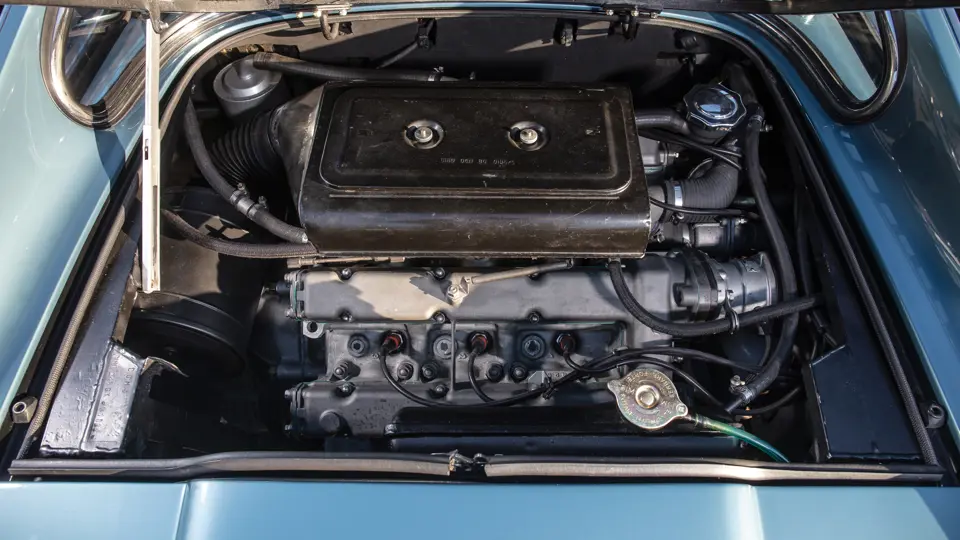
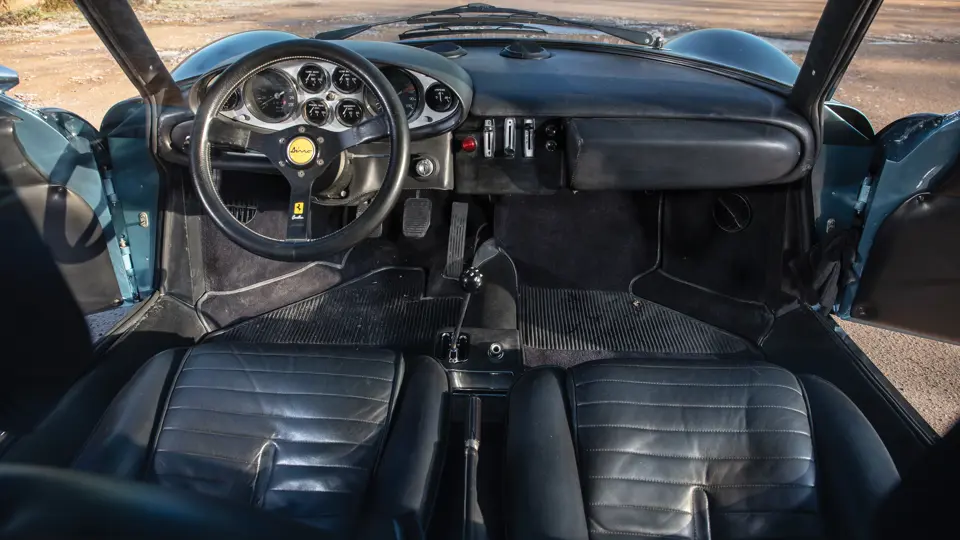



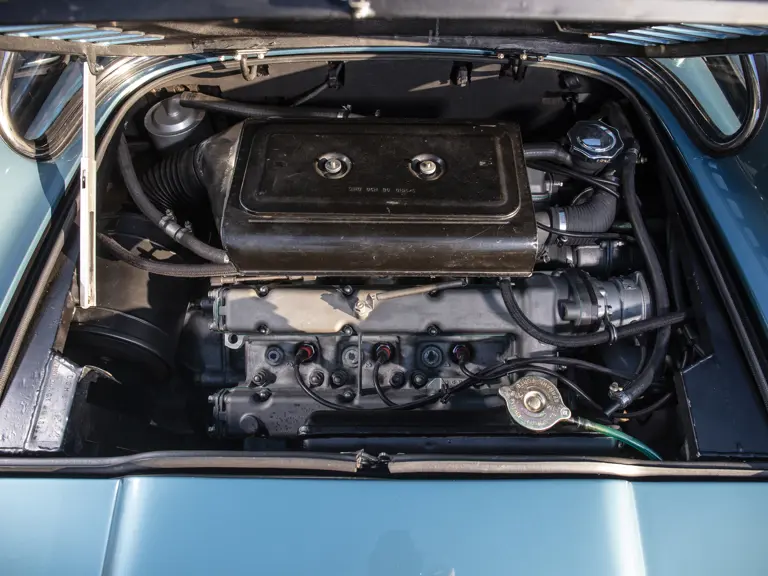

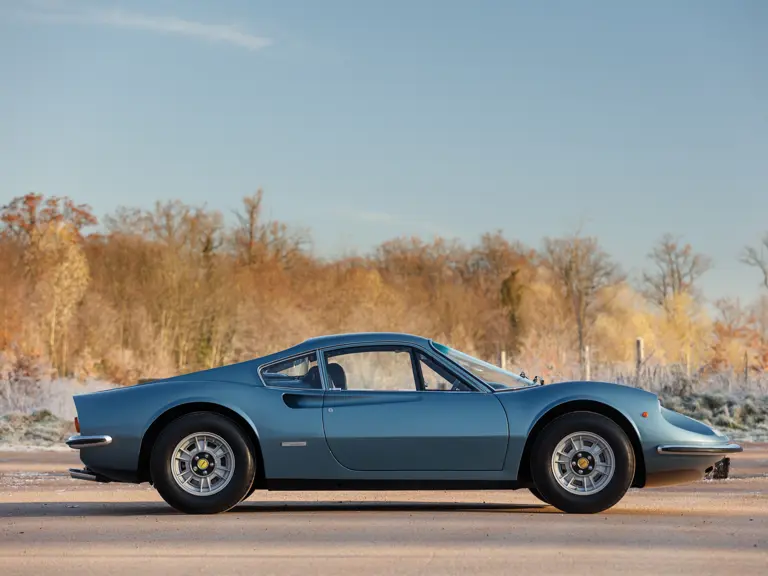
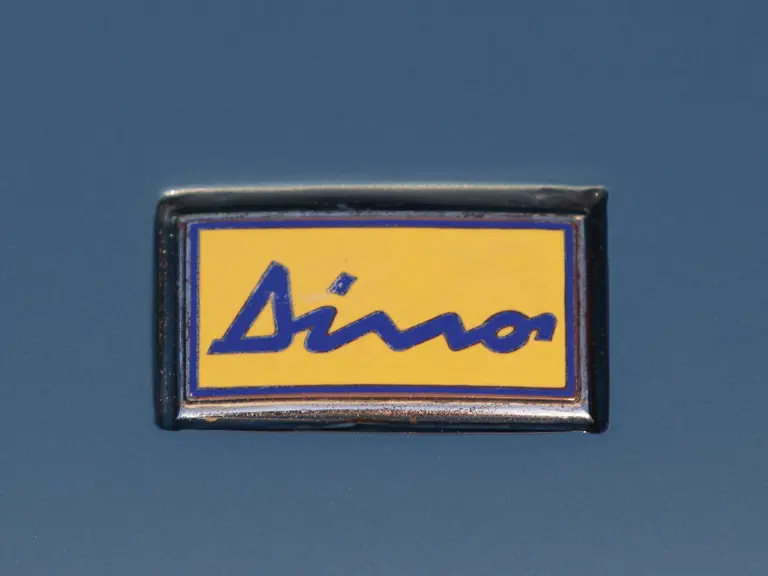
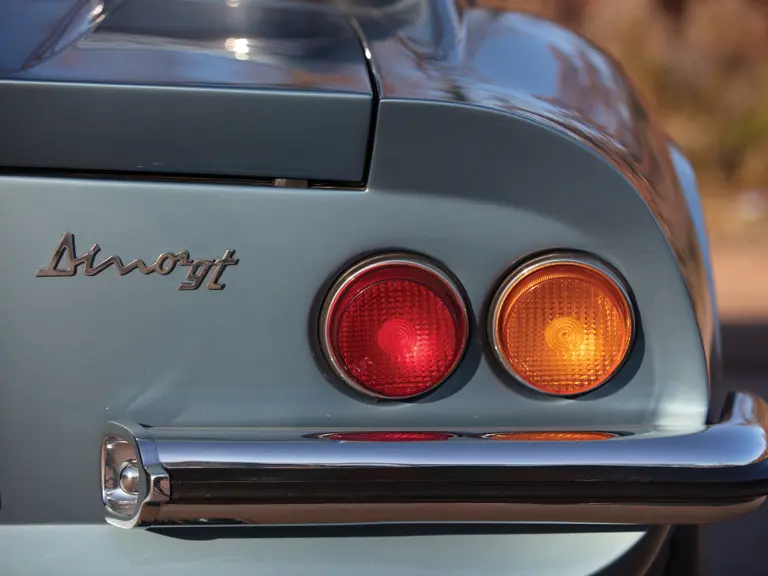
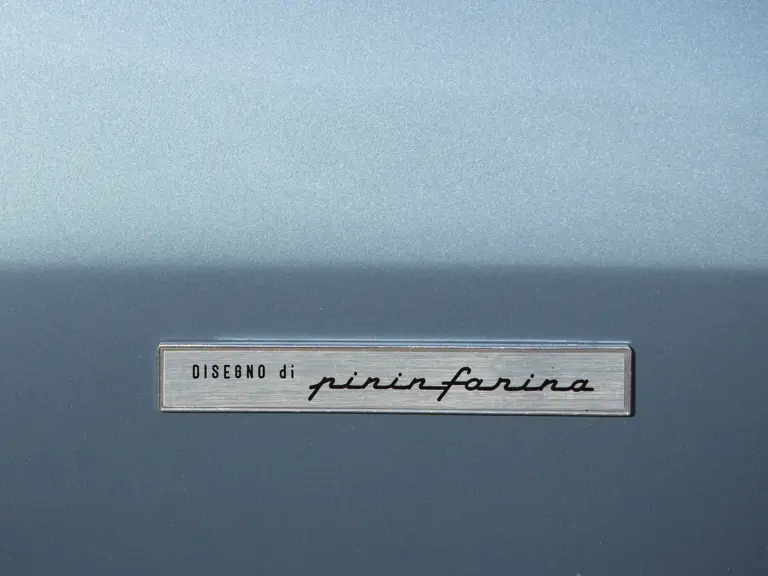
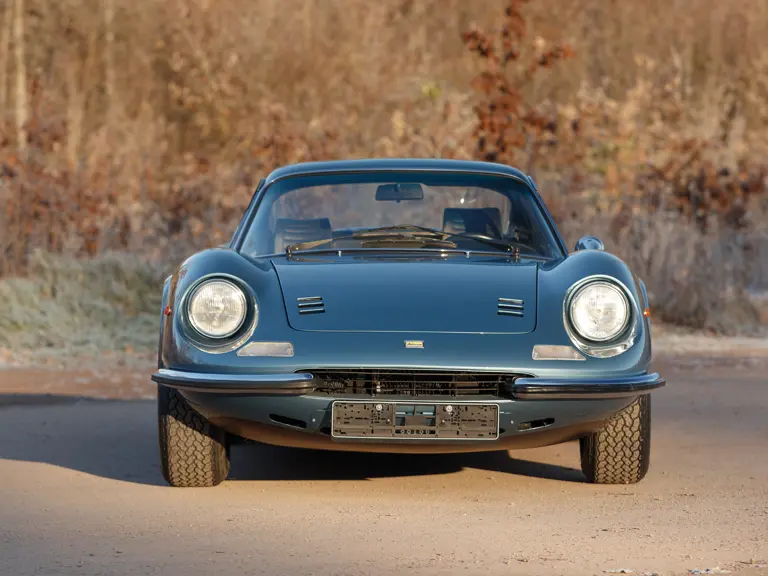

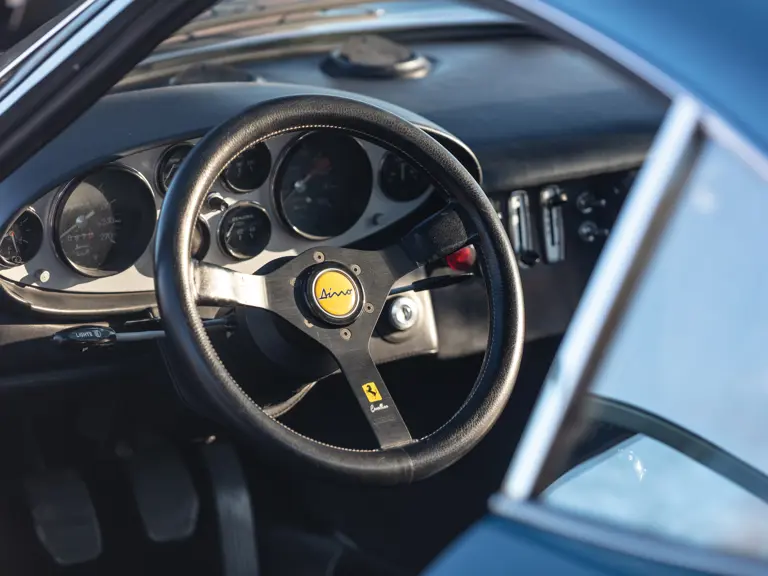
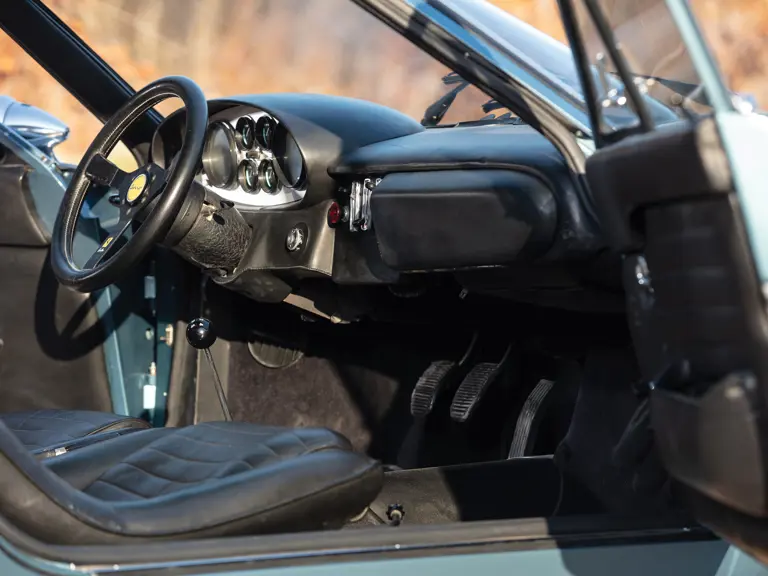


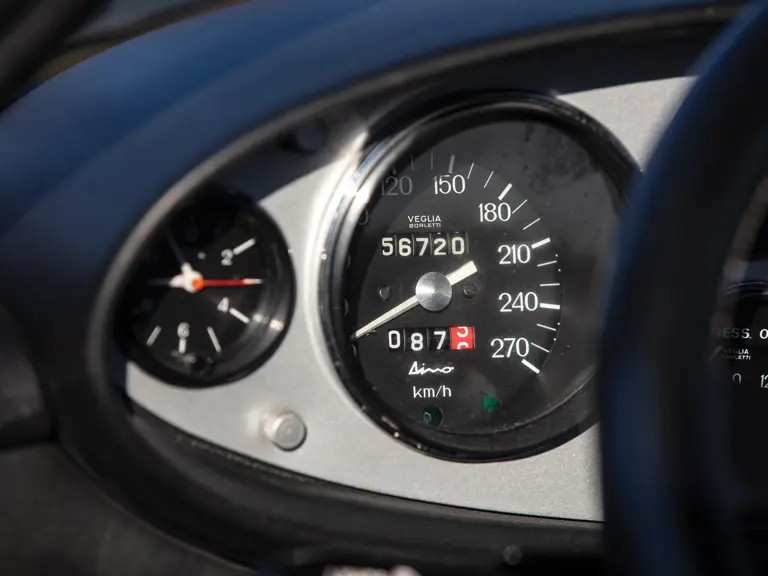

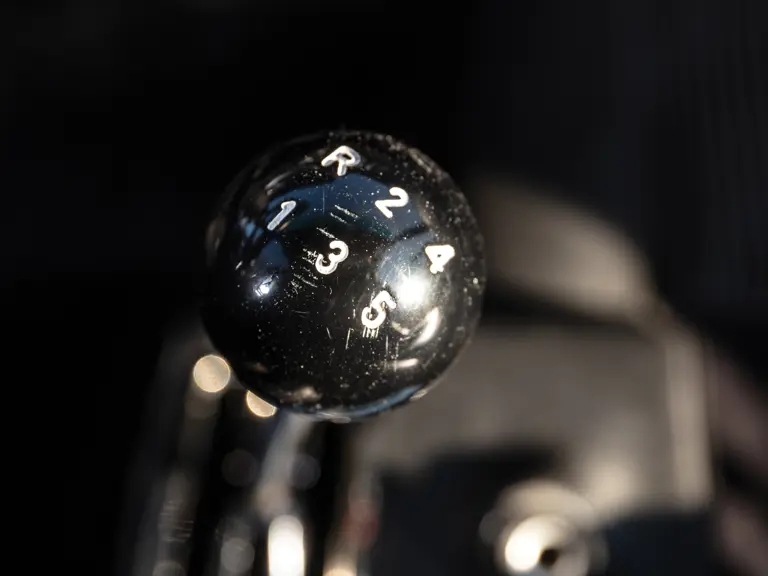

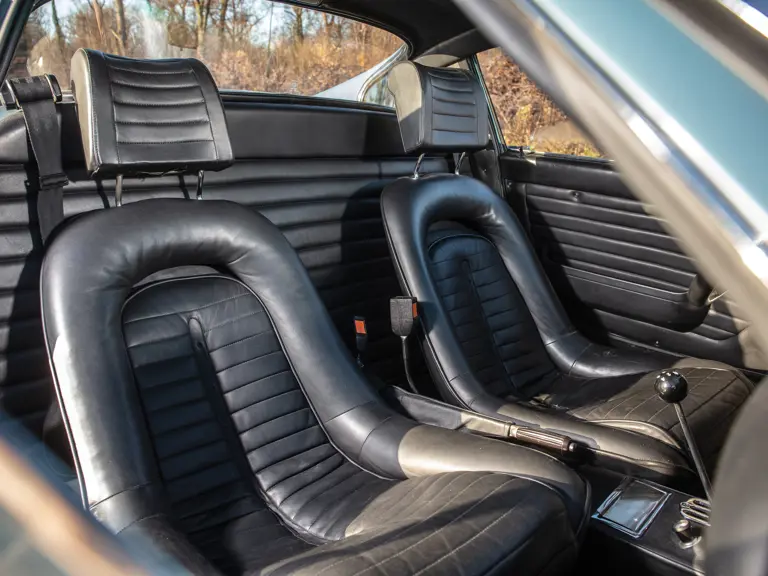
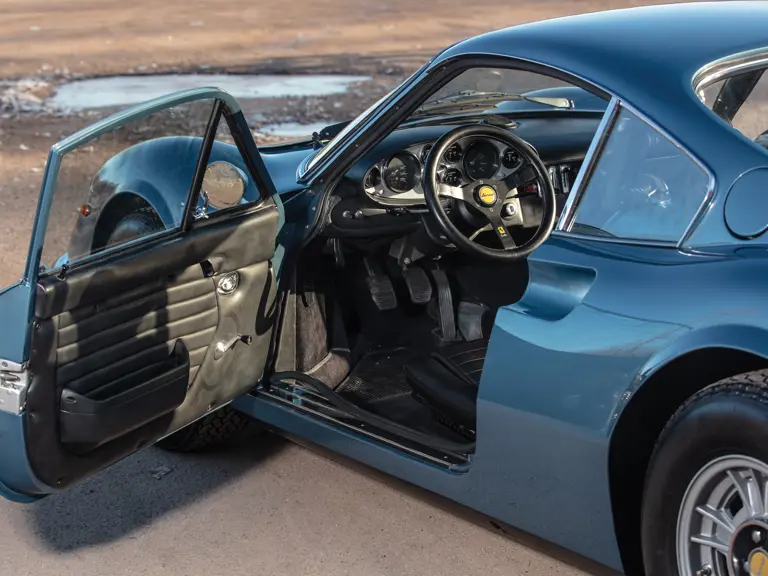
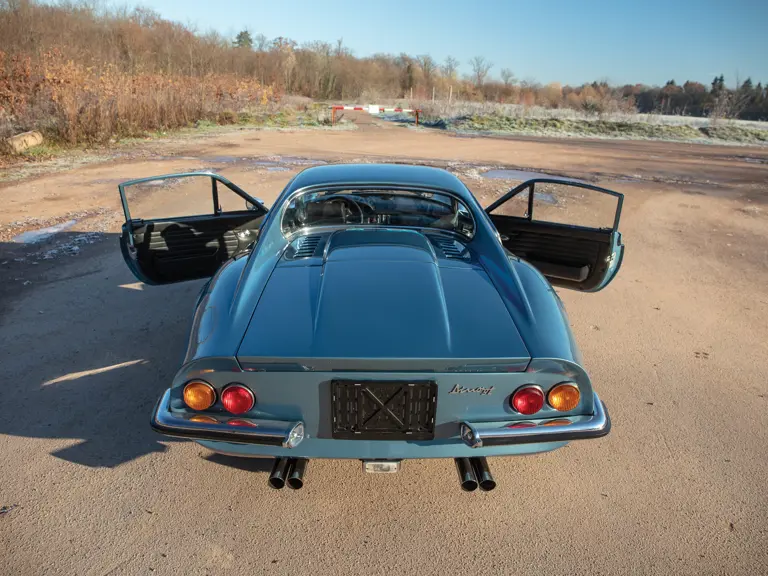
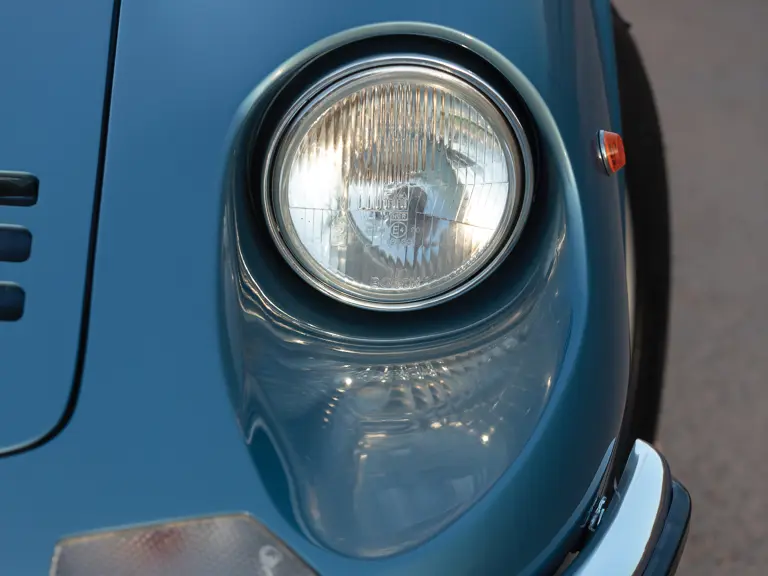
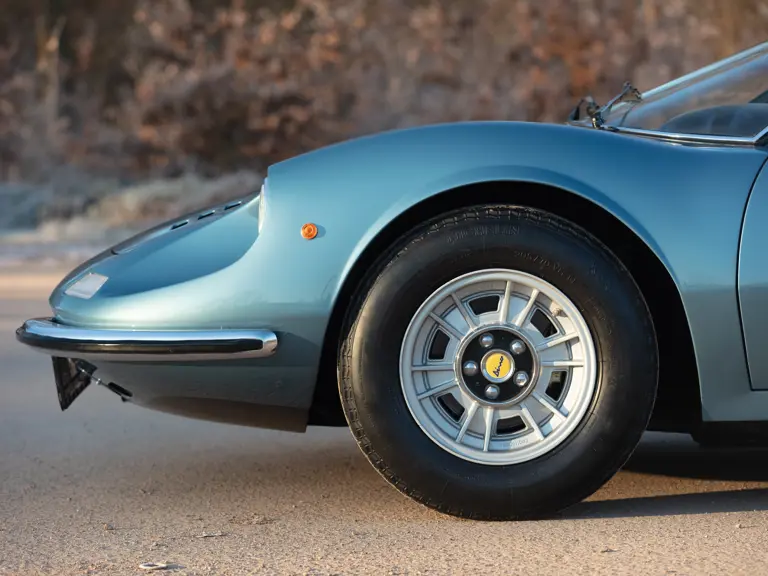
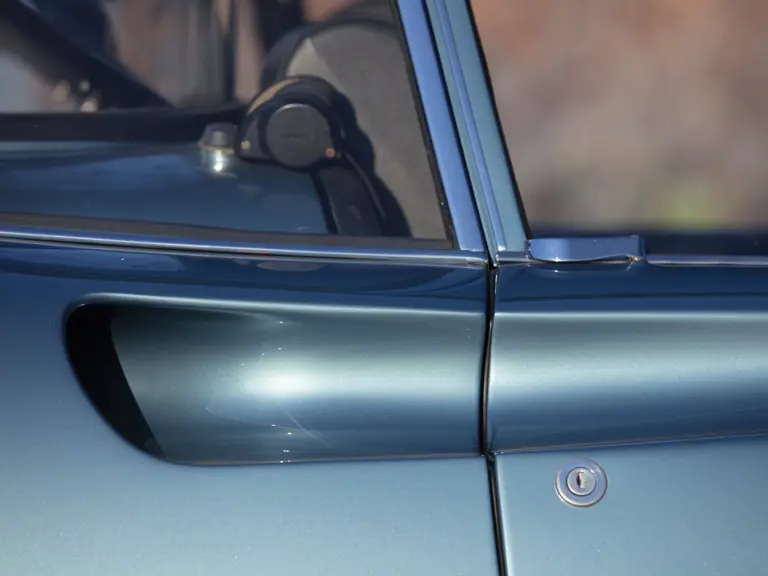
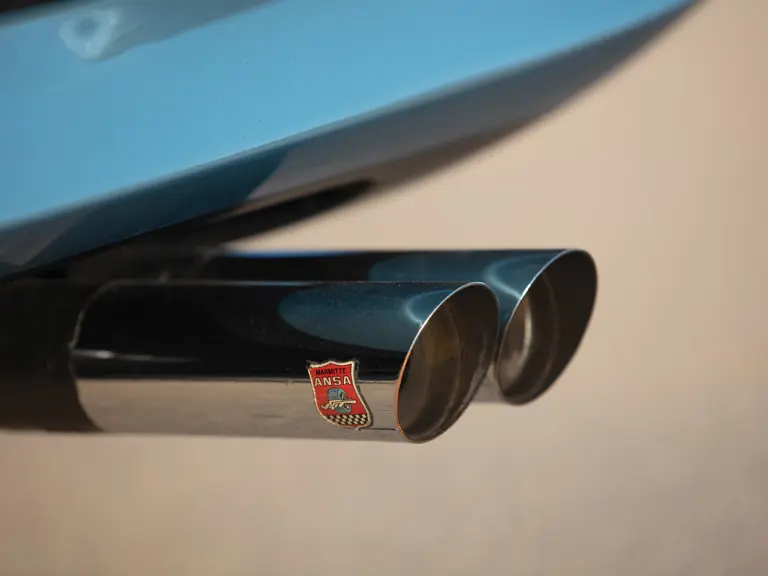
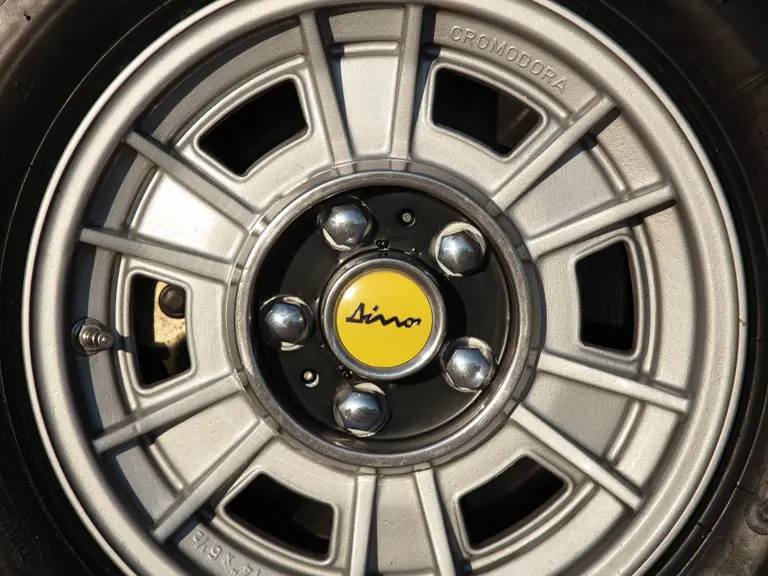
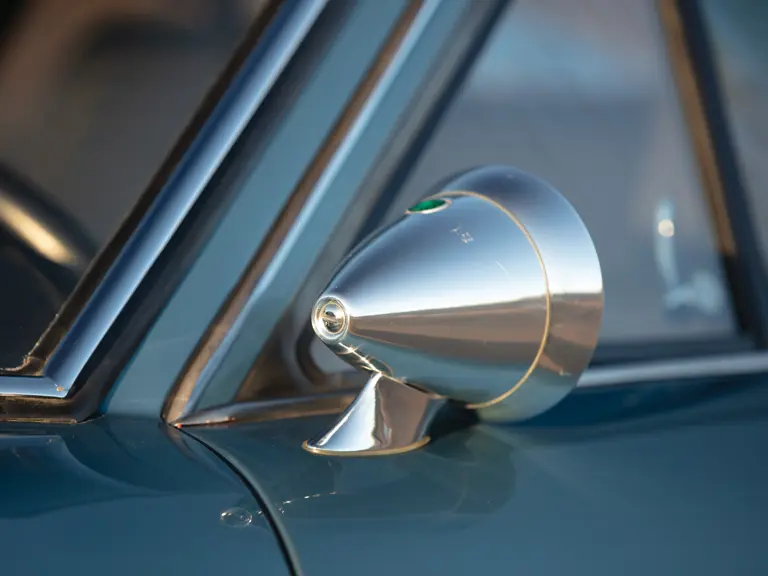

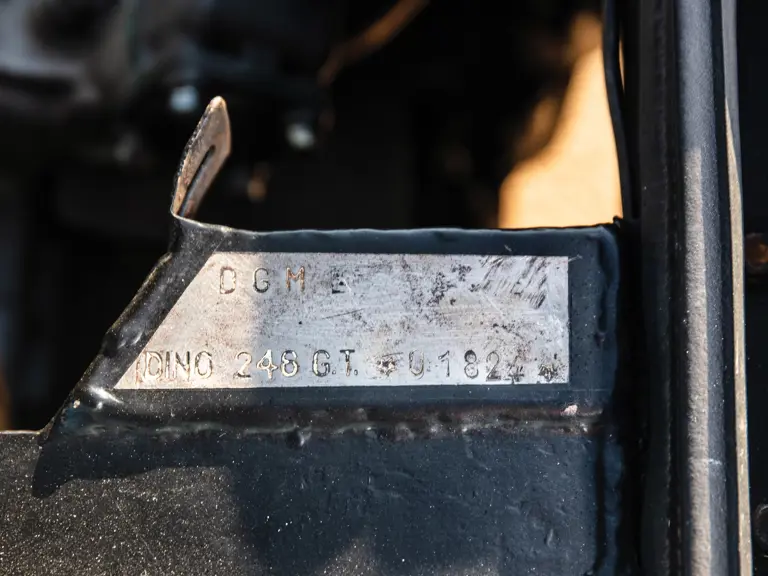




 | Paris, France
| Paris, France
